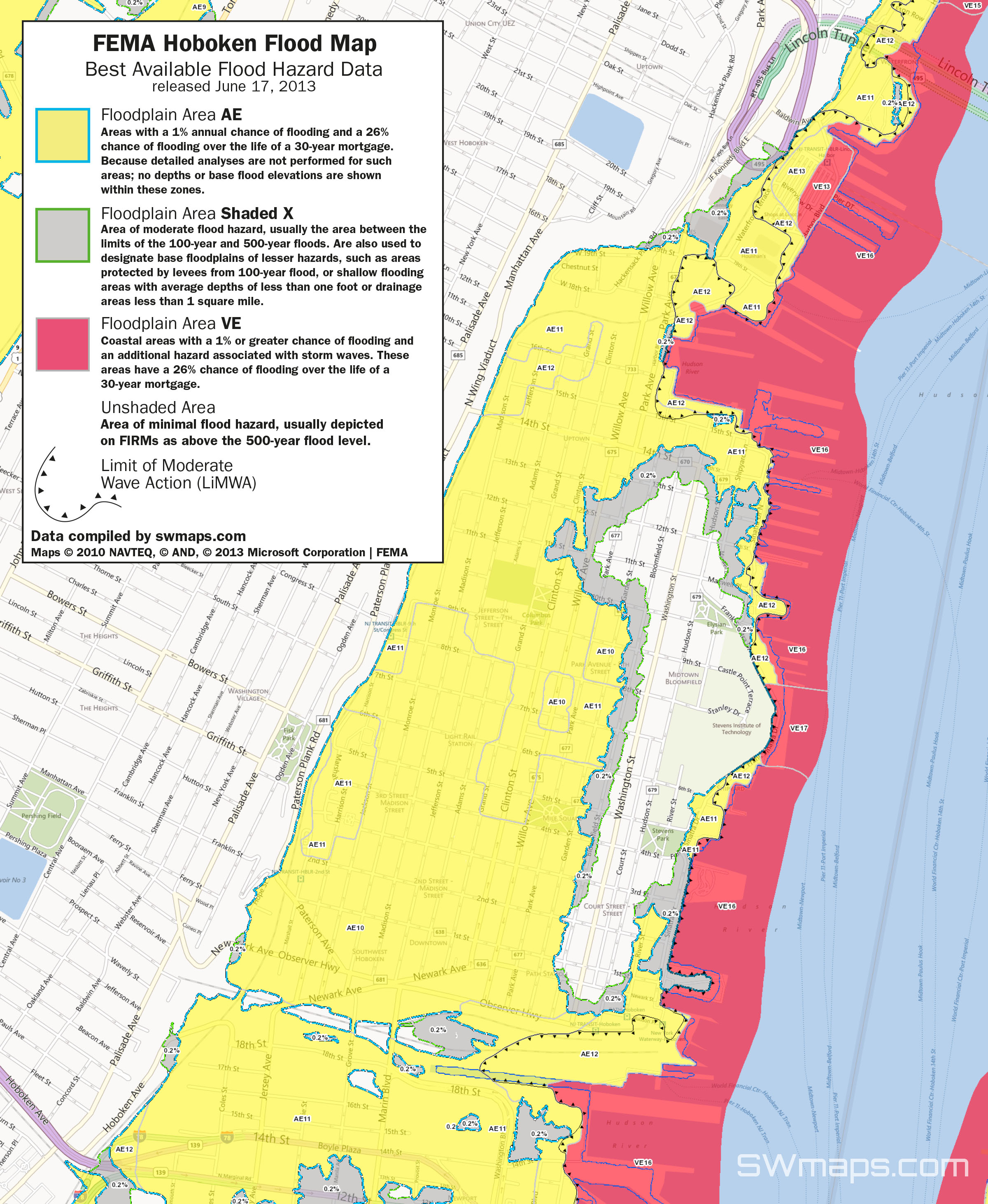
What insight did you gain from Landsat that would have been impossible to glean otherwise? We are already leveraging the spatial flood history of Senegal to do flood vulnerability analysis for Senegal in conjunction with the French Development Bank, where initial pilot studies have identified close to 300,000 local people at high physical and social risk to inland flooding. Where the satellite record aligns with these databases we’ll be able to add spatial detail with our flood detection algorithms.įurthermore, developing a spatial flood history is important information to calibrate and train flood models (both physically based and machine-learning oriented), understand risk and probability for insurance companies and analyze the changing pattern of flood vulnerability in a watershed. In addition, we’re starting to develop approaches to scrape publicly available news articles that could expand these available databases procured by DFO and NCDC. For example, the NCDC (National Climate Data Center) in the USA has recorded over 10,000 riverine flood events at the county level since 1950. Our methods can also be applied to other national level flood country databases. We’ve developed algorithms in Google Earth Engine to map floods since 2000 with MODIS, and when available from 1984- present using Landsat and 2014-present using Sentinel. Our database of mapped historic floods will address the information gap in flood risk information by scaling remotely sensed flood detection for global and continuous implementation for scientists and emergency managers alike.ĭartmouth Flood Observatory (DFO) has recorded nearly 5,000 flood events since 1980 but only approximately 5% of these floods have been mapped, typically using MODIS imagery. Accurate information about past floods and future risk is critical as cities, national governments and other users prepare. What are the implications of your findings?Īccording the UN, 250 million people are affected by flooding each year, more than any other hazard, and the number of people and GDP exposed flooding is expected to double by 2030 due to climate change and population migration.
#Flood map full
This spatial history can then be used to train machine learning models to predict the full flood plain as well as future flooding. The temporal advantages of satellites like MODIS, with the spatial resolution of satellites like Landsat, help us get a more realistic sense of the population in the floodplain in historic events. Adapting and improving existing remote sensing flood detection algorithms for high capacity cloud computing via Google Earth Engine and applying them to decades of Landsat, MODIS and Sentinel imagery, dramatically improves our estimates of the historical flood footprint, especially in urban areas. The results, to be released as an open database in the summer of 2017, will first contribute to the understanding of historical flooding, how these hazards have changed over time at a scale and resolution never before possible. Using Google Earth Engine, Cloud to Street and our partners at the Dartmouth Flood Observatory (DFO) are developing the largest database of spatial extent for historic floods, specifically to over 5,000 floods recorded since 1980 by the DFO. What are the major findings of this research? Here is what she shared with us about this work:ĭeveloping a Global Database of Historic Flood Events to Support Machine Learning Flood Prediction in Google Earth Engine


Photo credit: highwaystarz This afternoon at #AGU16, Beth Tellman, a PhD Candidate in Geographical Sciences and Urban Planning at Arizona State University and a co-founder of Cloud to Street, gave a talk on her work developing the largest database of historic flood maps. Sandbags outside the door of a home in Britain.


 0 kommentar(er)
0 kommentar(er)
